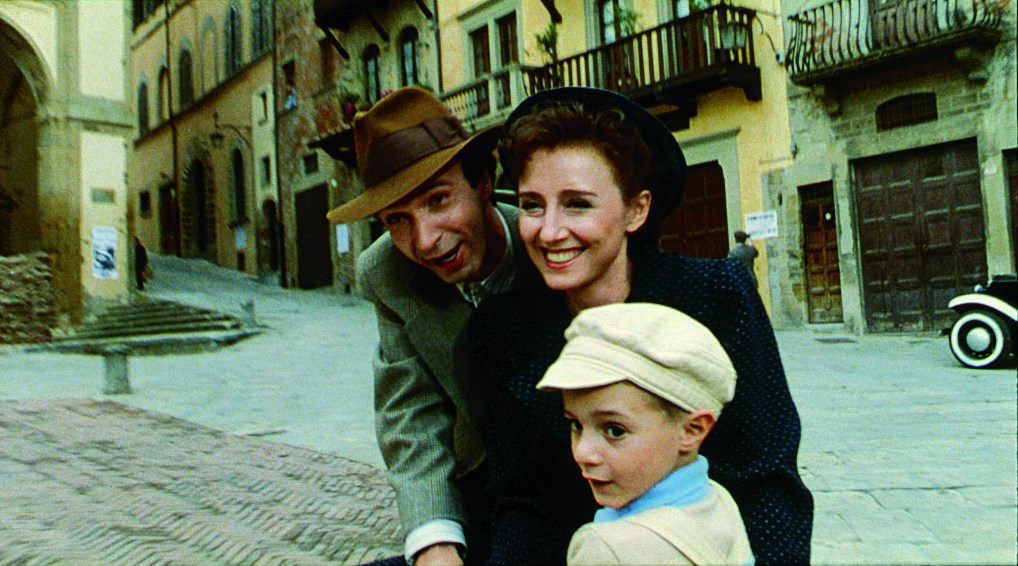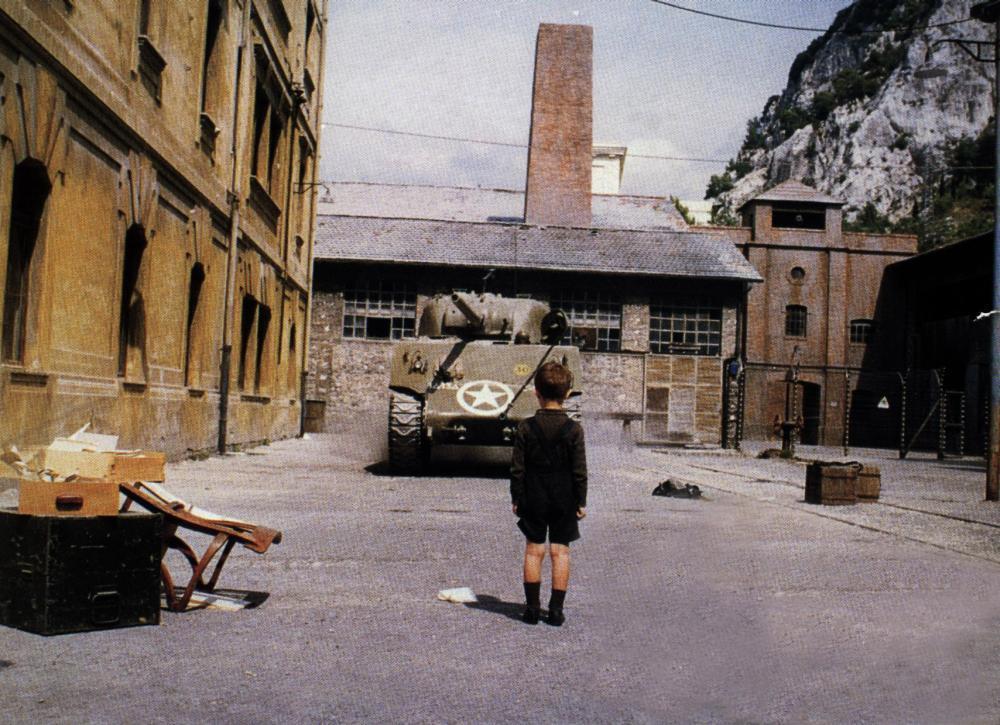Jacob critically analyzes how religion and film intersect in the 1997 classic La Vita é Bella and explores how movies discuss topics related to religion and history, sometimes in problematic ways.

La Vita é Bella (Life is Beautiful) was a global success after its 1997 release, receiving critical acclaim, accolades including seven Academy Award nominations, and widespread viewership from around the world. The Italian director, writer, and lead actor Roberto Benigni sensationalized audiences with not only his witty humor but also his tear-jerking performance in depicting this “tragicomedy” about a Jewish family during the Holocaust. However, while many audiences praised the film, others have pointed out ethical concerns regarding its combination of its comedic style and historical inaccuracies. Such analysis delivers ethical questions on how one could react to the fusion of fictional entertainment, the depiction of religious persecution in film, and history.

Throughout the film, some instances reflected historical inaccuracies. The main protagonist, Guido, is portrayed as a man of humor as well as ignorance of situations of seriousness. Due to his Jewish religion, he and his family (wife Dora and child Joshua) are sent to the Auschwitz concentration camp during World War II. Guido and Joshua live together in a men’s quarter, and the narrative relies on this close relationship between Guido and his younger son Joshua. However, in reality, no child would be allowed to stay in the barracks. Horrifyingly, children sent to the camp were to be murdered at arrival. The film undoubtedly skirted around this historical fact to further the narrative, but still acknowledged that children were to be murdered and that Joshua’s hiding was crucial to his survival.

To further add on this topic, I noticed there are concerning scenes about the denial of anti-Semitism. Before exploring these scenes, it is crucial to acknowledge that at no point during the film do any of the characters explain or demonstrate how Judaism plays a role in their lives. “Jewish” was solely a label placed on the characters. This is upsetting. In a way, it emphasizes shame on being a part of the religion. It also shows how large of an effect a label can have despite no reasoning or justification other than pure hate. With this information in mind, I want to examine particular scenes of blatant anti-Semitism that were fundamentally disregarded by the characters. Guido’s uncle Elisio was subject to anti-Semitic attacks throughout the film that he shrugged off. When Elisio finds his horse painted green and marked “Jew Horse,” Guido reacted with a smile. “I didn’t even know this horse was Jewish,” he joked. This ignorance of anti-Semitic targeting continued when Guido explained to his son why there was a sign outside a store that said “No Jews or Dogs Allowed.” Guido began to make jokes about the sign and attempt to justify it to his son, explaining that “Everybody does what they want to do…We’ll write one too,” then brainstorming ideas such as “No spiders or Visigoths Allowed.” This scene, in an attempt to show the irrationality of religious persecution, seemed to use comedy to not only justify it but also to escape the true horror of it.

Ambivalence towards La Vita é Bella lies in the question of whether or not it can change an audience’s perception or feelings towards the serious nature of the Holocaust. While some may argue that while the film may veer from historical accuracy and contain many comedic elements, it is hard to believe that an audience member’s perception of the Holocaust will significantly change. Guido, for his son, creates a story that they are in a special game and the winner gets a real-life tank. This pulls Joshua out of the horrors of the concentration camp and gives him a sense of pride, purpose, and excitement in such a miserable environment. Thus, the film demonstrates that life has beauty in the best and worst of times.

In the beginning, a grown-up Joshua introduces the story as a “fable”, correcting some of the film’s inaccuracies. With this in mind, I do not feel that the film itself hurts the preservation and memory of the Holocaust, but I do have reservations about the implications of the film in inspiring other works of art to take a similar–but more dangerous–route. La Vita é Bella immerses the audiences into one of the most atrocious events in history but fails to demonstrate the true severity and nature that occurred. There is no escaping this fact, but it does not necessarily mean that the film commits an injustice. It reminds us that we must view film and art with an open mind, and I feel that viewers of La Vita é Bella have been educated enough to understand the fiction involved. However, films that continue to depict the horrors of the past, especially religious persecutions and genocide, should be treated as possible methods to misconstrue public understanding of the past. Nonetheless, whether the intentions of a filmmaker are good or not, there will always be consequences in this specific area of film. La Vita é Bella and other historical fiction films have such aesthetic purposes and detail that the audience can accept the film as “real” for its duration.

Ultimately, it is not difficult to see how La Vita é Bella generates a variety of reactions across audiences. I find La Vita é Bella to be incredibly thought-provoking in the study of religion and film since it forces scholars to transcend personal ideology and feelings for the film and attempt to understand the picture from varying points of view. It also forces us to ask introspective questions on how we, as viewers, have been psychologically impacted by art. When films can have intentional and unintentional effects on an audience, they must be very careful in their portrayals of historical religious persecution.

Recent Comments